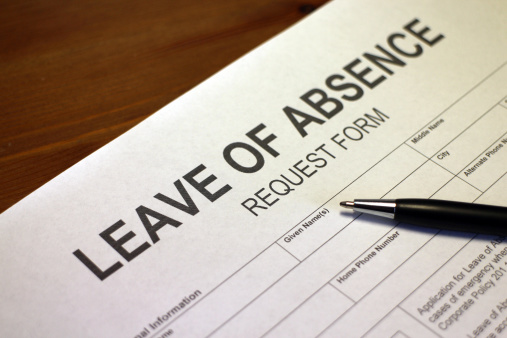5500 Due Date Approaching | Chicago Benefits Advisor
Generally, plans that must comply with ERISA must file a Form 5500 by the last day of the seventh month after the close of their plan year. For calendar year plans this means the due date for the Form 5500 is July 31. Government plans (which includes most public schools) generally do not need to comply with ERISA and therefore do not need to file a Form 5500. Many church plans also are exempt from this requirement.
A Form 5500 is needed for both qualified (retirement) plans and welfare (group) plans. Welfare plans include plans that provide medical, prescription drug, dental, vision, long term and short term disability, group term life insurance, health flexible spending accounts, and accidental death and dismemberment benefits. While other plans may also be considered welfare plans, these are the most common. Qualified (retirement) plans include defined benefit, profit sharing, stock bonus, money purchase, and 401(k) plans, Code section 403(b) plans covered by Title I of ERISA, and IRA plans established by an employer. Qualified plans generally must file even if they have fewer than 100 participants, although Form 5500-SF often may be filed instead of the full Form 5500.
Welfare (group) plans generally must file the Form 5500 if:
- The plan is fully insured and it had 100 or more participants on the first day of the plan year (dependents are not considered “participants” for this purpose unless they are covered because of a qualified medical child support order)
- The plan is self-funded and it uses a trust, no matter how many participants it has
- The plan is self-funded and it relies on the Section 125 plan exemption, if it had 100 or more participants on the first day of the plan year
In addition, beginning with the 2013 Form 5500, all plans that must file a Form M-1 must also file a Form 5500 regardless how small they are.
Beginning this year, welfare plans need to include an attachment labeled “Form M-1 Compliance Information.” There is not a question on the form for this – it is a free form attachment. See page 18 of the Form 5500 Instructions for details. It is important to include this attachment, even if the plan does not need to file an M-1, because the Form 5500 will be considered incomplete if this section is skipped. Generally, multiemployer (union) plans that have been in operation for less than 3 years and multiple employer welfare plans (non-union plans that cover multiple employers that are not a part of a controlled group) must file the Form M-1.
Employers may obtain an automatic 2-1/2 month extension by filing Form 5558 by the due date of the Form 5500.


 Last June, the U.S. Supreme Court ruled that a part of the Defense of Marriage Act (DOMA) that limits the definitions of “marriage” and “spouse” to opposite sex marriages and spouses is unconstitutional. Since then, the Department of Labor (DOL), the Internal Revenue Service (IRS), and the Department of Health and Human Services (HHS) have issued several notices that provide that, for purposes of federal taxes and employee benefits, a person legally married to a same-sex person in any state or foreign country is considered married even if he or she moves to a state that does not recognize same-sex marriages.
Last June, the U.S. Supreme Court ruled that a part of the Defense of Marriage Act (DOMA) that limits the definitions of “marriage” and “spouse” to opposite sex marriages and spouses is unconstitutional. Since then, the Department of Labor (DOL), the Internal Revenue Service (IRS), and the Department of Health and Human Services (HHS) have issued several notices that provide that, for purposes of federal taxes and employee benefits, a person legally married to a same-sex person in any state or foreign country is considered married even if he or she moves to a state that does not recognize same-sex marriages.
 The Family and Medical Leave Act (FMLA) regulations that became effective in 2009 provide employers with mechanisms by which we can better curb FMLA abuse. However, there are also some traps employers can fall into if they do not review the regulations carefully and administer leave requests appropriately.
The Family and Medical Leave Act (FMLA) regulations that became effective in 2009 provide employers with mechanisms by which we can better curb FMLA abuse. However, there are also some traps employers can fall into if they do not review the regulations carefully and administer leave requests appropriately.